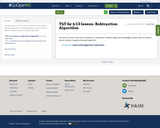
This lesson is from Tools for NC Teachers. In this lesson, students apply their knowledge of place value to subtract whole numbers using the standard algorithm.
- Subject:
- Mathematics
- Material Type:
- Activity/Lab
- Lesson Plan
- Date Added:
- 07/14/2019

This lesson is from Tools for NC Teachers. In this lesson, students apply their knowledge of place value to subtract whole numbers using the standard algorithm.

In this lesson, students solve problems involving animal weights by subtracting and comparing multi-digit whole numbers.
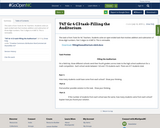
This task is from Tools for NC Teachers. Students solve an open-ended task that involves addition and subtraction of three-digit numbers. Part 3 aligns to 4.NBT.6. This is remixable.

This task is from Tools for NC Teachers. It focuses on addition and subtraction, but also includes 4.MD.2 (measurement conversions). This is remixable.

This task is from Tools for NC Teachers. Students estimate the solution to a multi-step problem, solve it, and then reason about their estimate and answer. This is remixable.
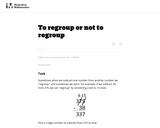
This task presents an incomplete problem and asks students to choose numbers to subtract (subtrahends) so that the resulting problem requires different types of regrouping. This way students have to recognize the pattern and not just follow a memorized algorithm--in other words, they have to think about what happens in the subtraction process when we regroup. This task is appropriate to use after students have learned the standard US algorithm.

In this lesson plan students practice column addition and lining up decimal points in the context of money while they watch a video segment. Assessments provide more practice adding numbers in columns, and students troubleshoot an error in misaligned decimal addition.

This short video and interactive assessment activity is designed to teach fourth graders about using the four operations with money - word problems.
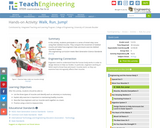
In this activity, students participate in a series of timed relay races using their skeletal muscles. The compare the movement of skeletal muscle and relate how engineers help astronauts exercise skeletal muscles in space.
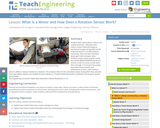
Students learn about electric motors and rotational sensors. They learn that motors convert electrical energy to mechanical energy and typically include rotational sensors to enable distance measuring. They also learn the basics about gear trains and gear ratios. Students create a basic program using the LEGO MINDSTORMS(TM) NXT interface to control a motor to move a small robot. Then, through a 10-minute mini-activity, they make measurements and observations to test a LEGO rotation sensor's ability to measure distance in rotations. This prepares them for the associated activity during which they calculate how many wheel rotations are needed to travel a distance. A PowerPoint® presentation, worksheet and pre/post quizzes are provided.
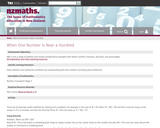
Students solve addition and subtraction problems by compensating with tidy numbers.
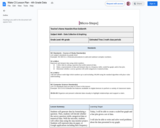
Students will generate data by formulating a question. Then, students will decide whether the survey question yields categorical data or numerical data. With the microbit, students will collect data using the step monitor project. Students will represent data on paper, or Google applications including their frequency tables, scaled bar graphs, or line plots. To apply the skills, students will create and answer questions about their collected data.